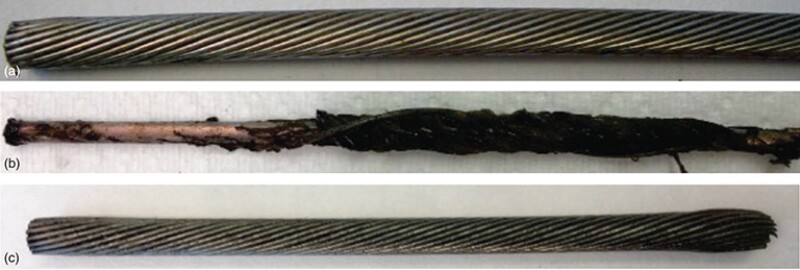The shale industry has changed immensely during the last decade and is once again in rapid transition. The authors write that they are unsure about the nature of innovations to make US shale more competitive, but that they are certain that the current downturn will drive a further reduction in the total cost to lift a barrel of US shale oil to the surface ($/BO). In the complete paper, the authors discuss what components have contributed to this reduction and use several case studies, only three of which are discussed in this synopsis, to illustrate the potential for further cost reductions.
Background
The industry has been changing to address the issues of proppant delivery, constantly striving to find better chemical products while pumping fewer of them.
First, a general desire exists to move away from more-expensive chemical-derivative guar systems to simpler low-concentration guar systems and fiction-reducer (FR) -based fluid systems. Second, both proppant-delivery and formation-treatment chemicals that are part of the fracture treatment have become more effective, fewer in number on the market, and smaller in quantity.
The intended approach is to measure the individual and combined performance of these chemicals and the effect they have on physical rock and fluid parameters using a range of laboratory and field-testing tools and to compare the potential effects of these choices in the authors’ extensive production database.
The elusive goal for fracturing fluids is to be composed 100% of water. In some cases, a water composition of 99.83% has been achieved.


